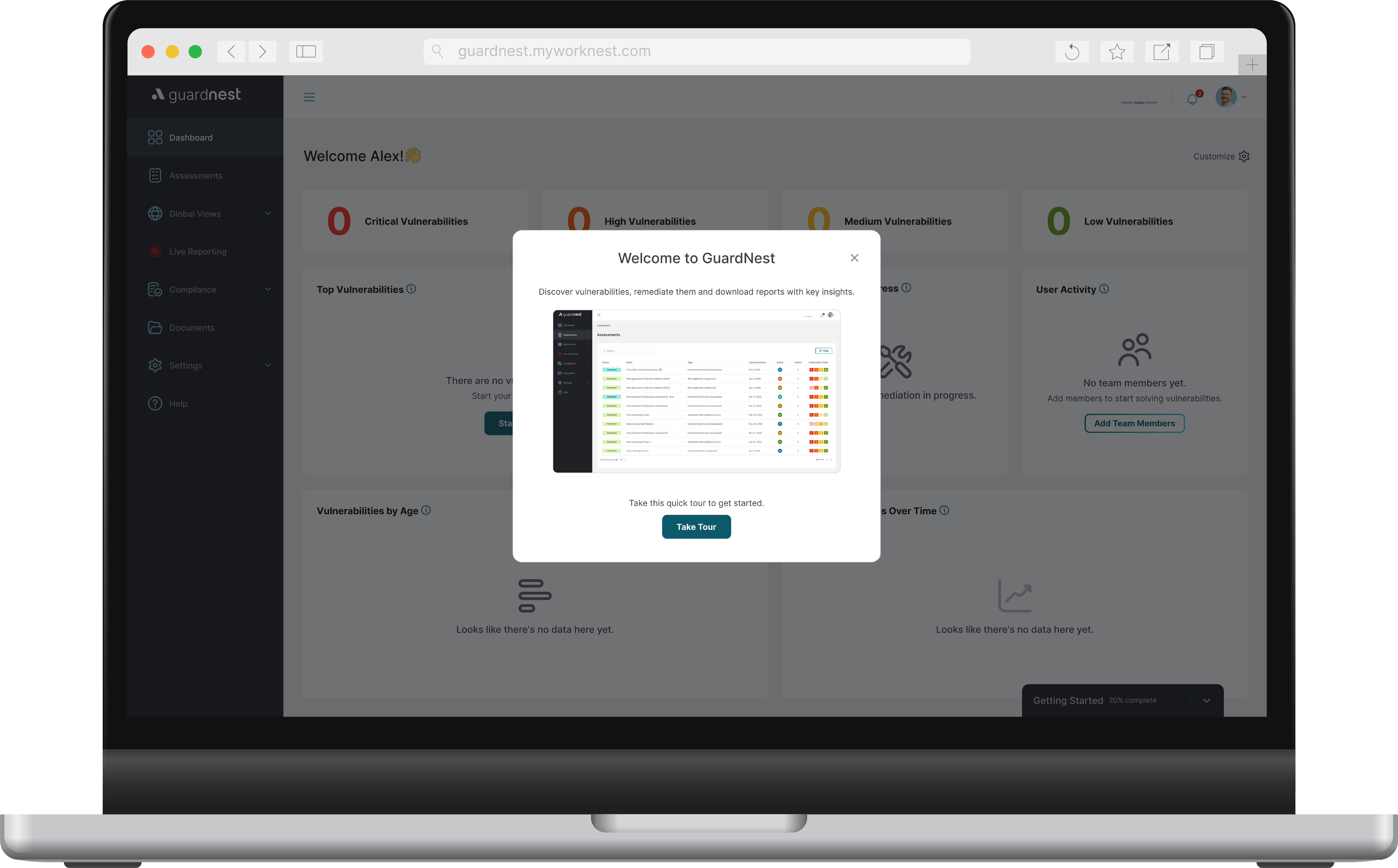Cyber Security Incident Response: Mitigating Threats Before They Spread


What is a Cyber Security Incident Response Plan?
A cyber security Incident Response Plan is a structured approach. It helps organisations manage and mitigate cyber threats before they spread. This plan involves several key components and steps.
Why is a Cyber Security Incident Response Plan Important?
A cyber security incident response plan is crucial for mitigating cyber threats before they spread. When a data breach or ransomware attack occurs, a well-structured plan ensures timely and effective action. This helps minimise damage and maintain business continuity.
An Incident Response Plan Includes Several Key Elements:
- Incident Detection: Use tools like intrusion detection systems to identify threats quickly.
- Containment: Apply strategies to isolate the threat, such as disabling unauthorised access.
- Elimination: Remove malicious software to prevent further harm.
- Recovery: Restore systems and data while ensuring compliance with regulatory requirements.
- Lessons Learned: Conduct forensic analysis to improve future responses.
Plans also designate roles for an incident response team, which coordinates actions across the organisation. Regularly updating the response process ensures preparedness and regulatory compliance.
Benefits of an Incident Response Plan:
- Minimises damage from security breaches.
- Ensures business continuity and meets regulatory compliance.
- Enhances overall cyber security posture.
Using security tools and conducting forensic analysis are critical elements. These help in understanding the nature of the incident. Additionally, regulatory requirements and cyber security frameworks guide the development of robust response plans.
A well-prepared incident response plan can save organisations from significant loss during security events.

Overview
In the digital age, cyber security is a top priority. The constantly evolving nature of cyber threats requires organisations to stay vigilant. Detection, response, and prevention form the three pillars of a robust cyber security strategy. These processes involve not only identifying and addressing security breaches but also anticipating and preventing potential attacks. Companies use threat intelligence and security tools to enhance their cybersecurity posture. An effective strategy combines technology, trained personnel, and structured processes to ensure that threats are identified and neutralised swiftly.
Key Phases of the Incident Response Lifecycle
The incident response lifecycle is a structured approach to managing cybersecurity incidents. It is designed to limit damage and reduce recovery time and costs.
In the first phase, Preparation, organisations establish policies, tools, and roles for an incident response team. This phase lays the foundation for effective action when a threat is detected.
Next is Detection and Analysis, where tools such as intrusion detection systems play a vital role. They help identify unusual activities that may indicate a breach.
Containment, the third phase, involves strategies to isolate the threat. This could mean disabling unauthorised access or isolating affected systems to prevent further spread.
Following containment is the Eradication and Recovery phase, where malicious software is removed, and systems are restored. It is critical to ensure recovery efforts comply with regulatory requirements.
Finally, the Lessons Learned phase analyses what occurred, providing insights to refine future responses. Forensic analysis during this phase helps identify weaknesses and improve the incident response plan.
Tools and Technologies Used in Incident Response
Various tools and technologies are essential for effective incident response. Intrusion detection systems, for instance, help identify potential threats quickly. They act as the first line of defence by monitoring network traffic and sending alerts for suspicious activities.
Security information and event management (SIEM) systems are critical as they collect and analyse security data from across the network. They provide a comprehensive view of security events, aiding in quick decision-making.
Forensic analysis tools play a key role during and after an incident. They help in uncovering how an attack happened and pinpoint any security breaches. These insights are vital for strengthening the cyber security framework.
Additionally, organisations deploy phishing attack simulation tools to prepare and educate employees. These tools help in recognising and avoiding phishing attempts, an increasingly common cyber threat.
By leveraging these technologies, companies ensure a more systematic and effective incident response process. This approach not only minimises immediate damage but also reinforces the organisation's overall cyber security posture.
Conclusion
A well-defined and regularly tested plan like we offer here at Pentest People, empowers organisations to respond quickly and effectively to cyber incidents, minimising damage, ensuring business continuity, and maintaining regulatory compliance. By combining preparation, the right technologies, a skilled response team, and continuous improvement through lessons learned, businesses can strengthen their resilience against cyber threats. Investing in incident response isn’t just about reacting to attacks—it's about being ready, staying protected, and building a stronger cyber security posture for the future.
.png)









.svg)








.webp)


